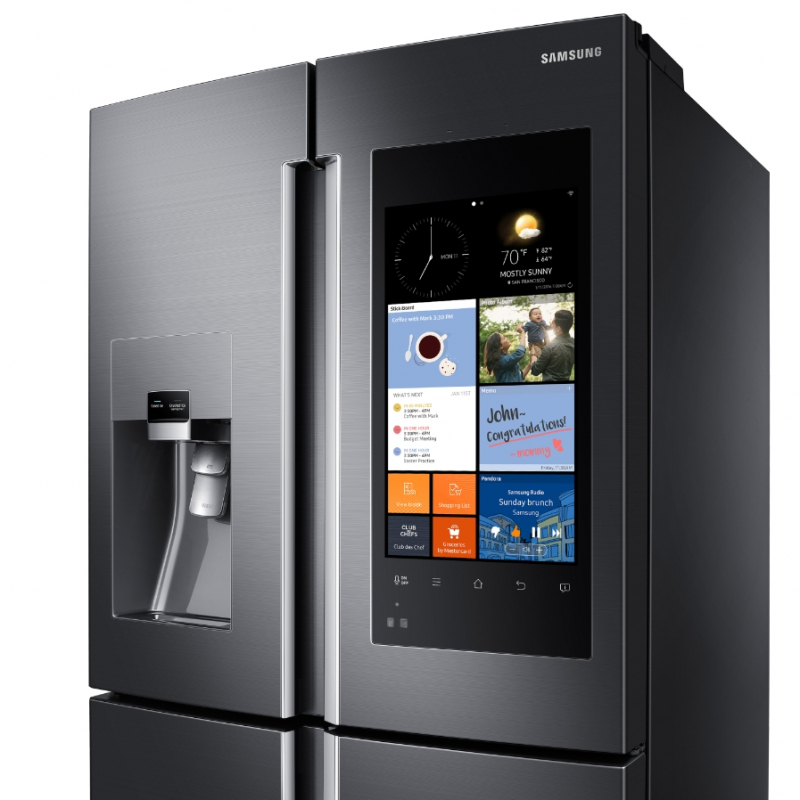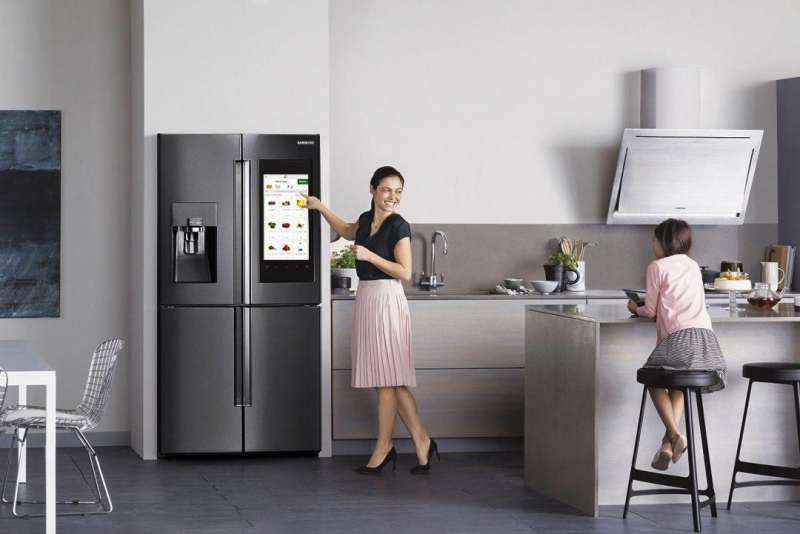Internet Fridges
With one significant exception—the fact that it doesn't fit in your pocket—a smart fridge is very similar to a smart phone. When the year 2000 rolled around, internet-connected refrigerators were the newest big thing. LG debuted their first Smart Fridge at that time. And who could refuse when it costs $20,000? Everyone.
The Smart Fridge has been around for more than 20 years. They are presently produced by numerous companies, although their market share is still quite small. The possible lack of utility of Smart Fridges is one of the main obstacles preventing their adoption. That is not mere exaggeration or unfounded criticism. The technology is no longer supported by many businesses. Consider how often you currently need to upgrade your phone.
At least with software, if not with hardware. The Smart Fridge prevents it from happening. Samsung only provides two years of software support. Depending on the model, a new Samsung Smart Fridge will cost between $2,000 and $5,000. For something they won't promise will still be functional in two years, that's a hefty investment.
After more than 20 years, the market is only now starting to gain traction. Integration has a significant role in fostering this. Alexa and Nest compatibility are just two features of smart refrigerators. The features are more about the interconnectedness of the Home Hub, which connects every component of your home, than they are about a fridge. And for those who desire it, technology has made it possible, albeit pricey and maybe unreliable in the future. But prior to this, it was just not something that people desired.












